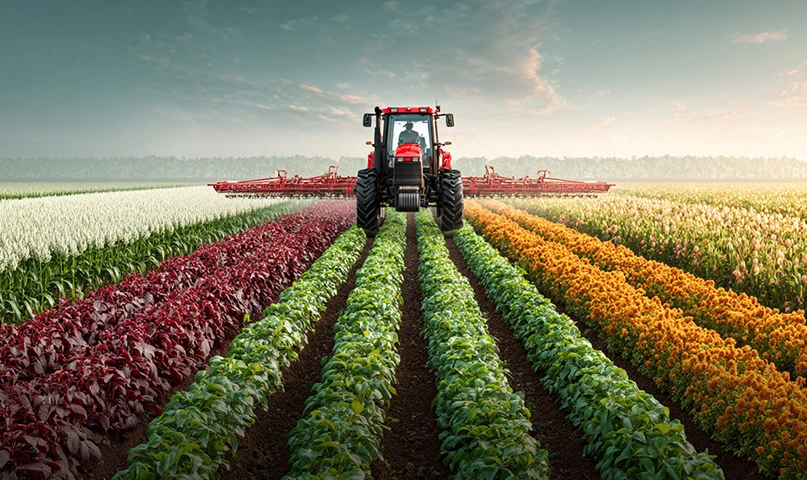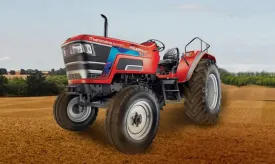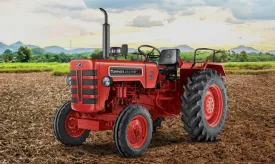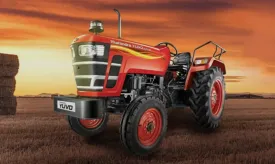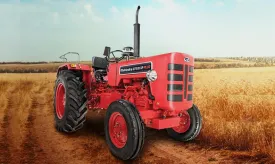Understanding the Sowing Process: Right Depth, Spacing & Equipment
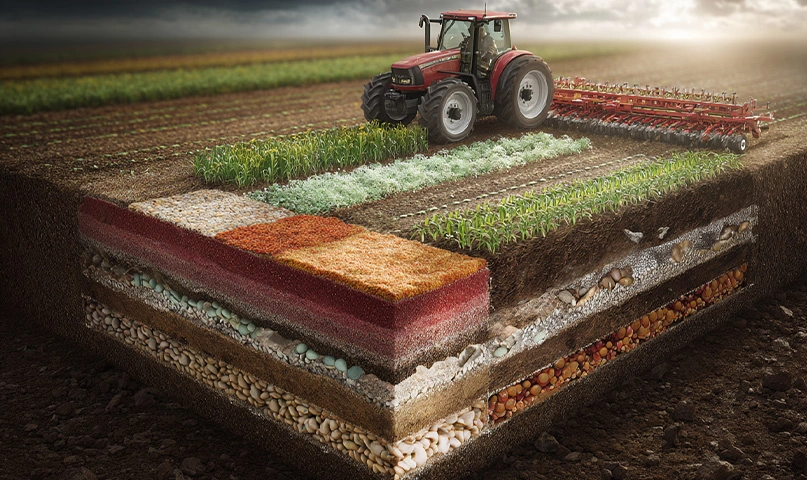
Sowing is the first and one of the most critical steps in crop production. The success of a crop season heavily depends on how well the seeds are placed in the soil—and that’s where understanding sowing depth, spacing, and the right equipment makes all the difference.
Whether you're a smallholder farmer or managing a commercial operation, getting these factors right can significantly boost germination rates, plant health, and yields.
1. Importance of correct sowing depth
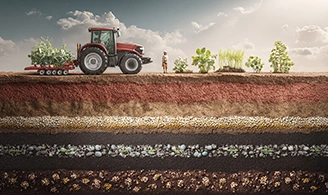
Why it matters:
1. 1. Ensures proper germination
If seeds are planted too deep, they may not get enough oxygen or may exhaust their stored energy before reaching the surface. If too shallow, they’re exposed to drying, birds, and pests.
1. 2. Improves seedling vigor
Correct depth helps the seedling establish strong roots, ensuring better nutrient and water uptake. This leads to healthier, more resilient plants.
1. 3. Uniform crop emergence
Proper sowing depth ensures that all seedlings emerge at the same time, leading to a uniform crop canopy. This helps with:
- Efficient nutrient use
- Better pest control
- Easier mechanized operations
Few examples of ideal Depth Guidelines:
|
Crop |
Recommended Sowing Depth |
|
Groundnut |
5 – 6 cm |
|
Maize |
4 – 6 cm |
|
Soybean |
2.5 – 3 cm |
Tips:
- Avoid deep sowing, especially in heavy soils, as it delays emergence.
- Shallow sowing in dry conditions can lead to seed desiccation.
Tools that help maintain correct depth
Modern planters and seed drills are equipped with depth control mechanisms like:
- Gauge wheels
- Furrow openers
- Press wheels
These tools ensure that each seed is placed at the correct depth consistently, reducing human error and promoting better emergence.
2. The role of proper spacing
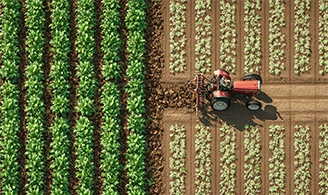
Why it matters
Proper spacing refers to the distance maintained between seeds or plants in a row (intra-row) and between rows (inter-row). Each crop has an ideal spacing range that depends on its growth habit, nutrient needs, and the environment.
Benefits of proper spacing
A. Reduces competition
Plants spaced too closely compete for sunlight, water, and nutrients, leading to stunted growth and lower yields. Proper spacing ensures each plant gets adequate resources to thrive.
B. Improves air circulation
Well-spaced plants allow better airflow, which helps reduce the risk of fungal diseases and pests, especially in humid climates.
C. Boosts photosynthesis
When leaves aren’t overlapping, each plant can capture more sunlight, enhancing photosynthesis and energy production.
D. Enables efficient field operations
Proper spacing makes it easier to:
- Weed and irrigate
- Apply fertilizers and pesticides
- Harvest mechanically or manually
Few examples of recommended spacing:
|
Crop |
Row Spacing |
Plant-to-Plant Spacing |
|
Groundnut |
30 – 45 cm |
10 – 15 cm |
|
Maize |
60 – 75 cm |
20 – 25 cm |
|
Soybean |
30 – 45 cm |
5 – 10 cm |
Tips:
- Use marker tools or precision planters to ensure uniform spacing.
- Overcrowding leads to weak plants and lower yields.
Tools that help with proper spacing
- Seed Drills & Planters: Ensure consistent row and seed spacing.
- Row Markers: Useful for manual sowing to maintain row alignment.
- GPS-guided Equipment: For high-precision planting on large farms.
Consequences of incorrect spacing
- Too close: Poor growth, increased disease pressure, and lower yields.
- Too wide: Wasted land area, lower plant population, and underutilized resources.
Choosing the right equipment for sowing
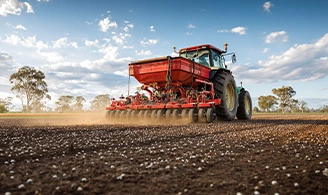
While seed quality and timing matter, using the right equipment for sowing plays a crucial role in achieving all of these. Whether you're a smallholder or a commercial grower, selecting suitable sowing machinery can boost efficiency, save costs, and increase yields. Here’s what you need to know.
Why Equipment Matters in Sowing
Traditional sowing methods like broadcasting can result in:
- Uneven seed distribution
- Poor germination
- Wasted seeds and fertilizers
Modern sowing equipment helps farmers:
- Maintain correct depth and spacing
- Combine seed and fertilizer application
- Reduce manual labor and time
- Improve uniformity in crop emergence
Manual vs. mechanized sowing:
|
Method |
Pros |
Cons |
|
Manual Sowing |
Low-cost, simple to use |
Labor-intensive, less precise |
|
Seed Drill |
Uniform seed and fertilizer placement |
May require trained operator |
|
Precision Planter |
Highly accurate, time-saving |
Costlier, needs maintenance |
Popular equipment:
- Seed-cum-fertilizer drills – Ideal for soybeans and groundnuts
- Vacuum/pneumatic planters – Best for maize and uniform seed placement
- Multi-crop planters – Flexible across different crops and row spacings
Key factors to consider before buying
A. Farm size & terrain
a. Small farms can manage with manual or small tractor-mounted tools
b. Large or hilly areas may need more rugged, high-capacity machines
B. Type of crop
a. Choose equipment that suits seed size and planting depth (e.g., planters for maize vs drills for soybean)
C. Tractor compatibility
a. Make sure your tractor’s horsepower matches the equipment requirements
D. Seed rate control
a. Look for machines with adjustable seed metering for different crops and conditions
E. After-sales service & spares
- Always buy from a brand or dealer that provides service support and spare parts easily
Timing and soil moisture
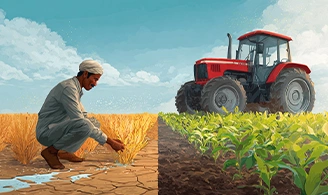
- Always sow in moist but not waterlogged soil for best germination.
- Avoid sowing before rainfall unless you use drought-resistant varieties.
- Soil temperature should meet the minimum germination requirement of the crop (e.g., 10–12°C for maize).
Conclusion
Sowing is more than just placing seeds in the soil—it’s about creating the ideal conditions for your crops to thrive. With the right sowing depth, spacing, and equipment, you can ensure better crop establishment, reduce input waste, and pave the way for a successful harvest.
Whether you're growing groundnut, maize, soybean, or any other crop, mastering the sowing process is key to unlocking your field’s full potential.
Want help choosing the right seeder or planter?
Contact your local extension officer or nearest Mahindra dealer for crop-specific guidance.









